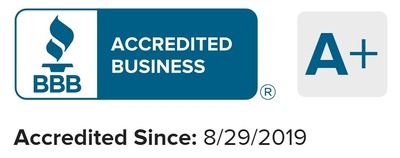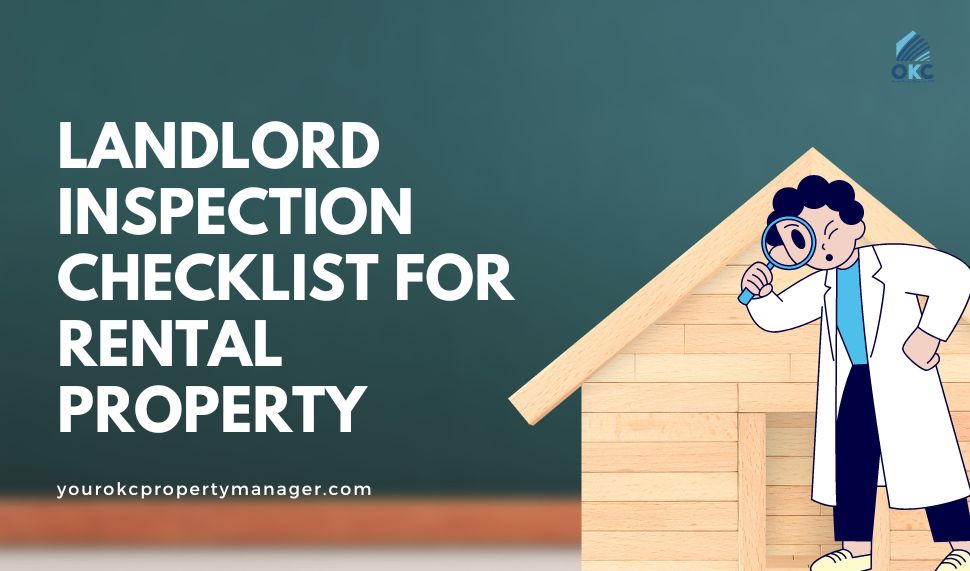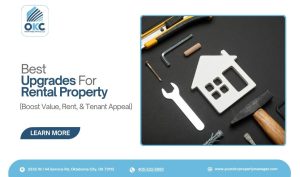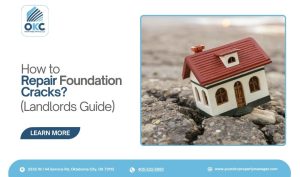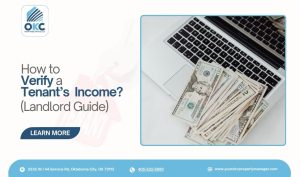If you are a landlord, then you likely have experience conducting rental inspections. It is crucial to ensure that the property remains in good shape and that both parties, i.e., the landlord and tenant, fulfill their obligations while balancing tenant privacy with property investment protection. Conducting regular property evaluations also helps to identify any maintenance issues and prevent neglect, ensure safety, and address potential problems before they escalate. In this article, we will discuss rental inspections and provide you with a comprehensive landlord inspection guide that covers various aspects of the inspection process. Plus, you can also download a free basic template of the inspection checklist.
What Is A Rental Property Inspection?
A rental property inspection is a process in which a landlord or property manager examines and evaluates the condition of a rental property. It involves a thorough assessment of both the interior and exterior of the property to ensure that it is well-maintained, safe and meets all the required standards. Landlords conduct rental inspections periodically, either as routine check-ups or before the start or end of a tenancy period, also known as move-in and move-out inspections, respectively. The purpose of a rental inspection is to identify any maintenance issues, document the property’s condition, address potential problems, and ensure that both the landlord and tenant are fulfilling their respective responsibilities.
Here is our rent-ready checklist. Get your house ready to rent on cheap.
Why Are Rental Property Inspections Important?
Routine inspections play a vital role in effective property management, maintaining the quality and integrity of rental properties. Routine rental inspection allows landlords to identify any necessary repairs and maintenance issues that may have gone unnoticed. For tenants, routine inspections provide an opportunity to raise concerns and ensure that the rental property owner meets certain safety and habitability standards. Here are some key reasons why rental inspections are important:
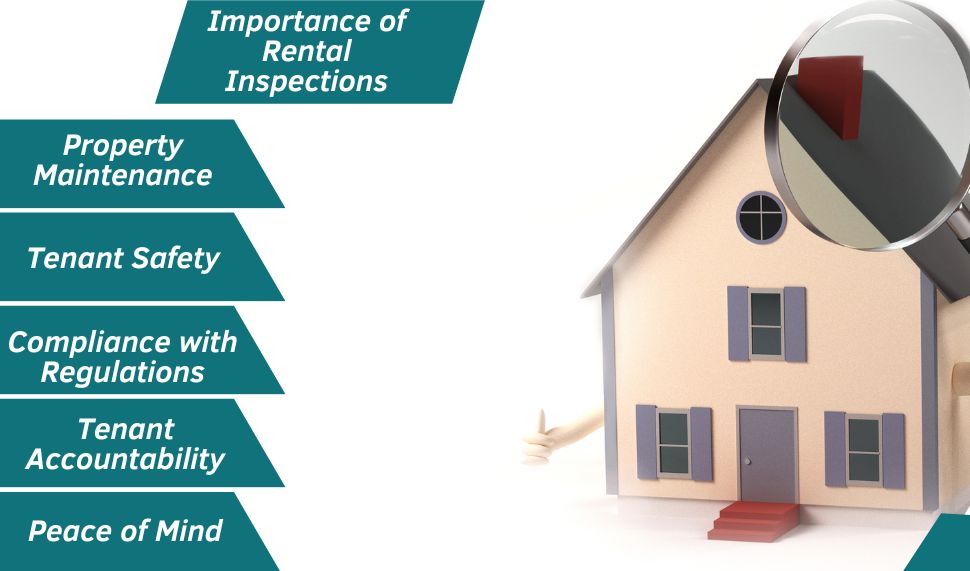
Property Maintenance: Regular property inspections help landlords identify any maintenance issues early on, allowing them to address them promptly. It also enables them to prevent small problems from escalating into more significant and costly issues. By maintaining the property’s condition, landlords can attract and retain tenants, as well as protect their investment.
Tenant Safety: Rental property inspections allow landlords to ensure that their rental property meets safety standards. Checking smoke detectors, carbon monoxide detectors, fire extinguishers, and other safety equipment during inspections helps minimize risks and protect the well-being of tenants.
Compliance with Regulations: Rental property inspections help property owners ensure that the property is compliant with local, state, and federal regulations. This includes adhering to building codes, health and safety standards, and any specific requirements for rental properties. Staying in compliance helps landlords avoid legal issues and potential penalties.
Tenant Accountability: Property inspections provide an opportunity to assess how tenants are using lease agreements and taking care of the rental property. By conducting regular inspections, property owners can hold tenants accountable for any damages or violations of the lease agreement. This also helps maintain a respectful landlord-tenant relationship and encourages tenants to take better care of the rental property. Additionally, landlords can document property conditions before and after tenant occupancy to determine any necessary deductions from the security deposit.
Peace of Mind: Routine rental inspections provide peace of mind to both landlords and tenants. Landlords can be reassured that their investment properties are well-maintained and that tenants are fulfilling their responsibilities. On the other hand, tenants will feel more secure knowing that the rental property is regularly inspected and that any repairs or maintenance issues are addressed promptly.
How to Conduct a Rental Inspection?
There are several important steps to ensure a thorough assessment of the property while maintaining a positive relationship with the tenant. The first important step is to notify tenants and provide proper notice to the tenant in compliance with the lease agreement and local laws. This will allow them to prepare for the rental inspection and be present if they wish to accompany you.
On the day of the property inspection, you should begin conducting a comprehensive walkthrough, starting with the exterior, examining the building structure, landscaping, and common areas. Look for any kinds of damage, such as cracks, leaks, or maintenance issues. Inside the rental, inspect each room carefully, paying attention to walls, floors, windows, doors, and fixtures. Take note of any damages, wear and tear, or areas that require maintenance.
While inspecting, it is important to test safety equipment, such as smoke detectors and carbon monoxide detectors, to ensure they are functioning properly. You should document your findings throughout the inspection, capturing photos and videos of any property damages or areas of concern. These visual records can serve as evidence in case of disputes in the future.
After the completion of the rental inspection, you should communicate with the tenant about the findings. Discuss any issues and concerns that were identified and answer any questions they may have. It is an opportunity to address repairs or maintenance that are needed and explain the next steps. It is important to be open and transparent throughout this process.
Also Read: How to Prevent Squatters in a Rental Property
Comprehensive Rental Property Inspection Checklist for Landlords
By following a comprehensive rental property inspection checklist, the landlord can stay on top of property maintenance and address any issues in a timely manner. Quarterly inspections are a standard practice that helps ensure good maintenance and communication with tenants. Here we will talk about a rental property inspection checklist that covers various aspects of property upkeep throughout the year.
General Landlord Inspection Checklist
- Furnace filters: Check and replace filters to ensure proper heating and ventilation.
- Smoke batteries: Verify that smoke detectors have fresh batteries for tenant safety.
- Fire extinguishers: Inspect fire extinguishers to ensure they are accessible and functional.
- Bugs/pests: Look for signs of infestation and take necessary measures for pest control.
- Water leaks: Inspect sinks, toilets, faucets, and the roof for any signs of leaks.
- Water damage: Check walls, ceilings, and floors for water damage or stains and determine whether they are causing mold in units.
- Running toilets: Test toilets for leaks or continuous water flow.
- Window/door seals: Inspect seals to prevent drafts and ensure energy efficiency.
- Appliances: Assess the condition and functionality of all appliances.
- Overall cleanliness/condition of the property: Evaluate the general cleanliness and maintenance of the rental unit.
Find out who is responsible for pest control in a rental property – Landlord or Tenant?
Landlord 6-Month Inspection Checklist
Performing a rental property inspection every six months allows you to address seasonal maintenance needs and ensure the ongoing care of the property. Consider the following additional items for your semi-annual inspection:
For Winter:
- Cover exposed pipes to prevent freezing.
- Clean or replace furnace filters for efficient heating.
- Check window and door seals to prevent drafts.
- Remove or store any AC units that were used during the summer.
- Check smoke alarms to ensure they are in working order.
For Summer:
- Reverse the actions taken for winter preparation.
- Install AC units in windows or designated areas.
- Clean or replace AC filters for optimal cooling.
- Inspect window and door seals to maintain energy efficiency.
- Check the roof, siding, and sidewalk for any winter-related damage.
- Assess the ceiling for water damage caused by melting snow.
Move-In and Move-Out Inspections
Conducting thorough inspections at various stages of the rental cycle, such as before tenants move in and after they move out is essential for documenting the condition of the property and avoiding disputes over damages. Use a detailed move-in and move-out inspection checklist that covers all areas of the rental unit. Make sure both parties sign the detailed checklist and keep a copy for reference.
Recommended: Types of Rental Property Inspections
Routine Drive-By Inspections
Periodically conducting drive-by inspections allows you to quickly assess the exterior condition of the property. Focus on areas such as the yard, siding, roofing, walkways, and porches. While these inspections are not as detailed as others, they provide a general overview of how well the property is being maintained.
Here is a free basic rental inspection checklist template pdf: Here

Conclusion
Regular rental inspections are vital for landlords and property managers to protect their investments and ensure tenant satisfaction. Regular inspections also help landlords ensure regulatory compliance with local health and safety standards.
Thus, by utilizing a comprehensive rental inspection checklist, you can identify maintenance issues, plan for repairs, and maintain a well-cared-for property. Remember to communicate with your tenants, provide proper notice before inspections, and record the inspection date and property’s condition for reference.
Contact OKC Home Realty Services for any kind of property management services. We offer rental management services for single-family homes to multi-family homes serving Oklahoma City and neighboring metro areas.
FAQs on Landlord Inspection Checklist
How often should rental inspections be conducted?
Rental property inspections can be conducted periodically, either as routine checkups or before the start or end of a tenancy. The frequency may vary depending on local laws and regulations, as well as the terms of the lease agreement. However, a common practice is to conduct inspections every six months to ensure ongoing maintenance and care of the property.
What does a rental inspection involve?
A rental inspection involves a comprehensive walkthrough of the property, both inside and outside. During the inspection, the landlord or property manager examines the building structure, landscaping, common areas, and individual rental units. They look for any maintenance issues, damages, or safety concerns. The inspection may also involve testing safety equipment, documenting findings, and discussing any issues or concerns with the tenant.
What are the legal requirements for rental inspections?
Requirements vary by state and locality, but generally, landlords must provide notice to tenants before inspections and ensure compliance with safety and health regulations.
What if a tenant refuses access for an inspection?
Review the lease agreement for access rights and local laws. If necessary, provide written notice of intent to inspect and seek legal guidance if the issue persists.

Author
Scott Nachatilo is an investor, property manager and owner of OKC Home Realty Services – one of the best property management companies in Oklahoma City. His mission is to help landlords and real estate investors to manage their property in Oklahoma.
 (
(
